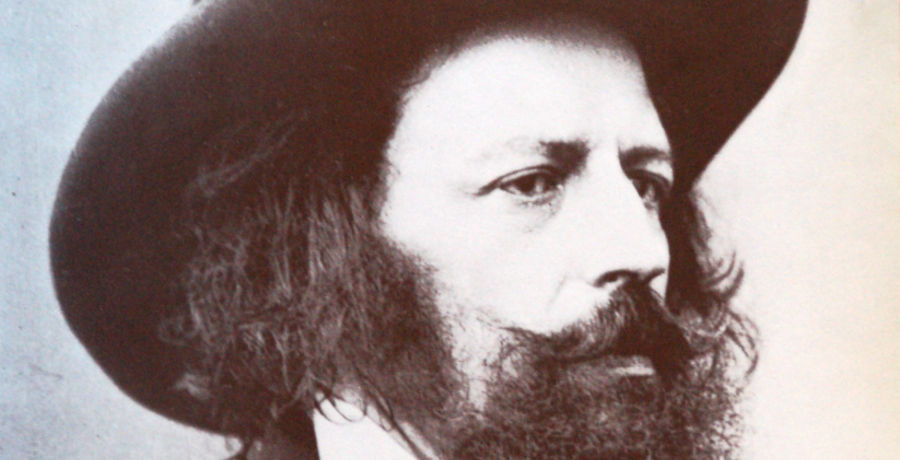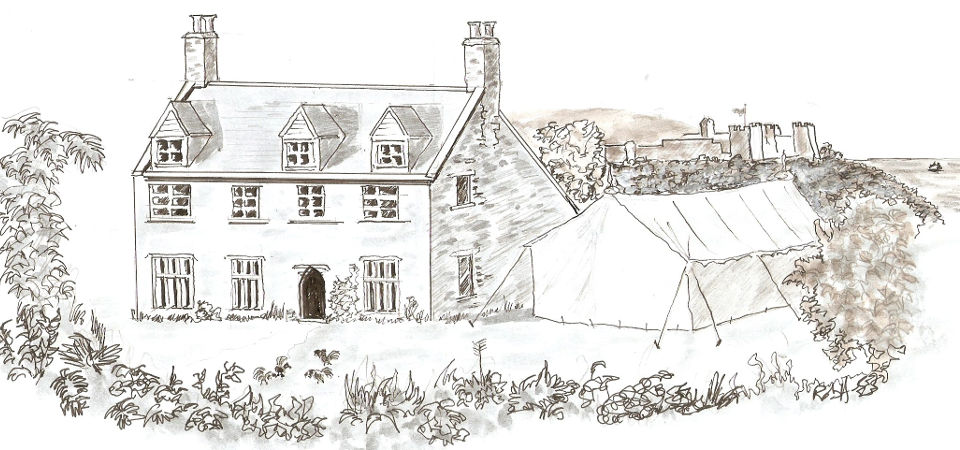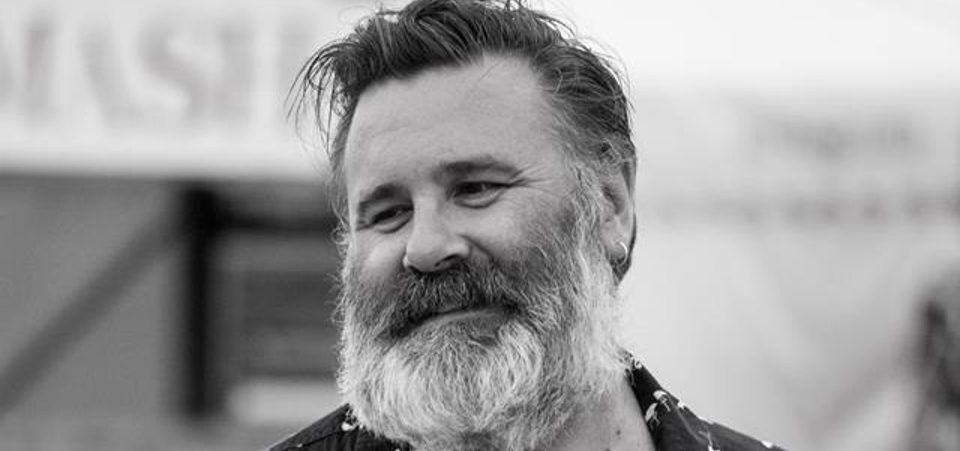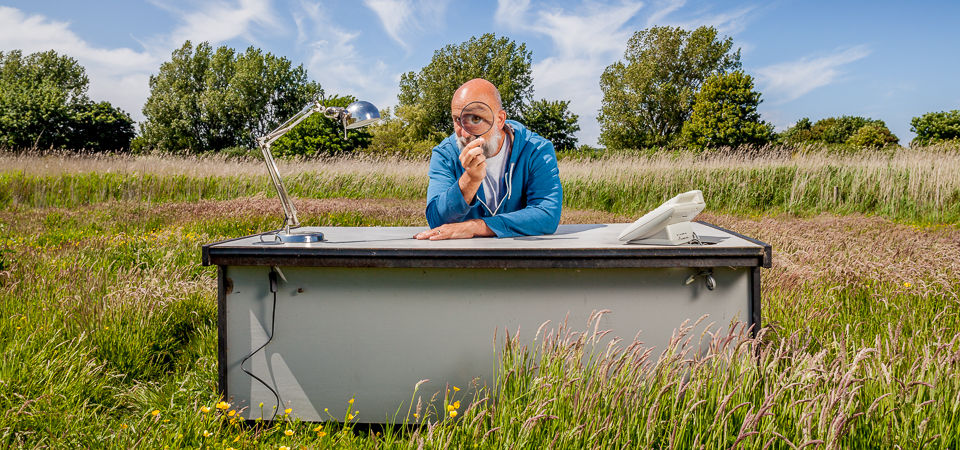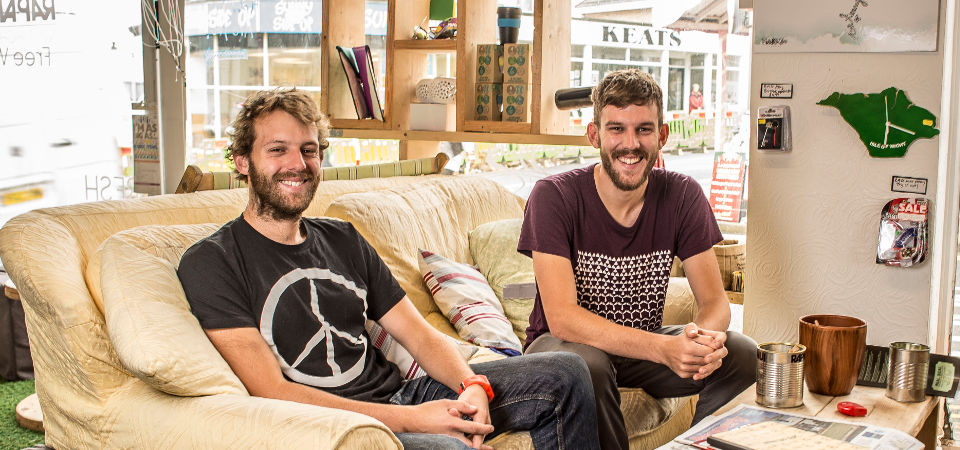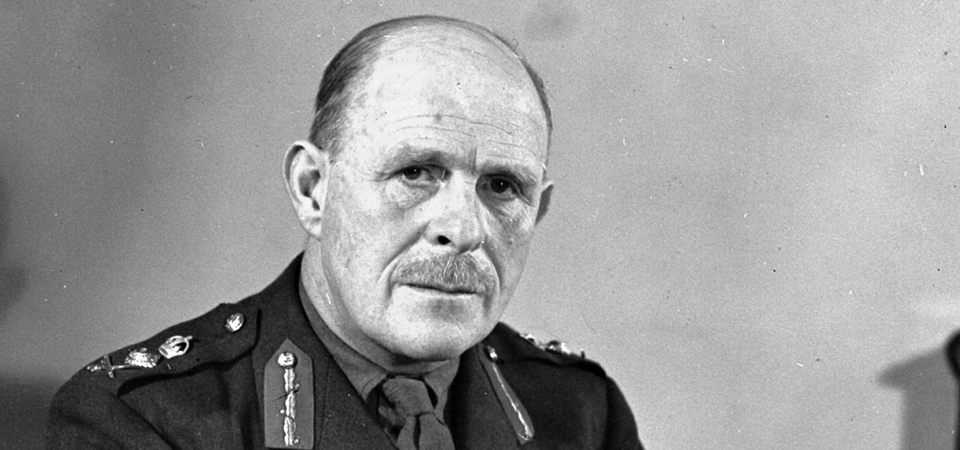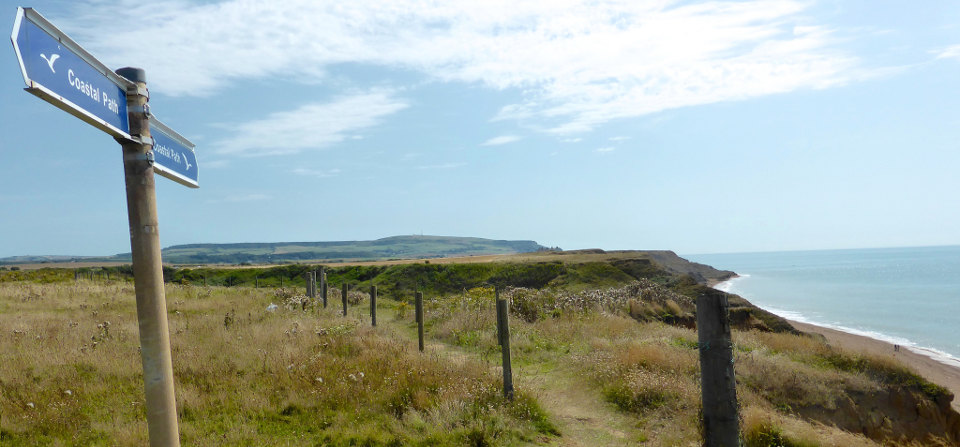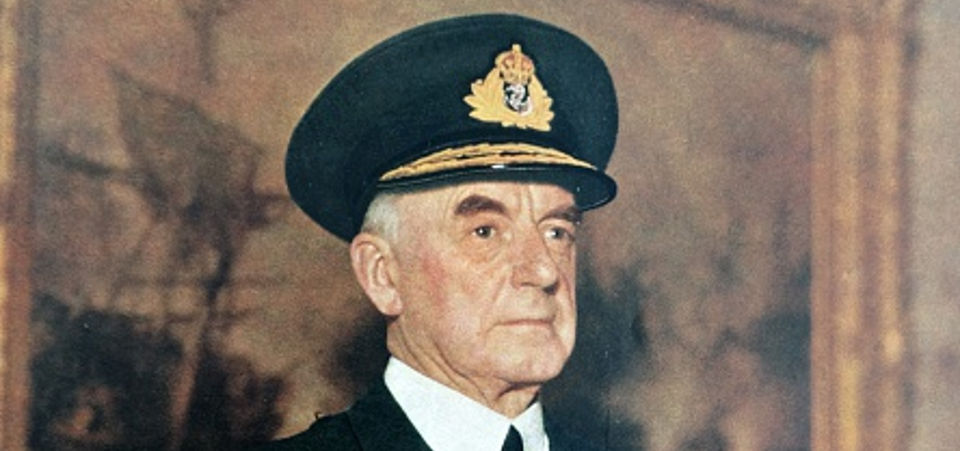I’d like to nominate Ian Boyd as one of the Island’s kindest, brightest, productive and most unsung heroes.
A polymath by nature and a brain-poppingly knowledgable ecologist, he’s quietly and gently worked to conserve, restore, reimagine and revitalise landscapes, places, buildings, communities, developments, wildlife and people all across the Island… either directly, picking up a shovel and getting planting or painting, designing trails or commissioning artists, or indirectly behind the scenes writing funding bids/supporting campaigns for Island-enhancing projects even including the Biosphere.
He’s added the essence or sparkle to countless projects and lives, founded I2K, G2N, Island Rivers, Shaping the Bay, Arc, Artecology, Discovery Bay, new not-for-profit The Common Space and more – all to make the world a better place.
He works non-stop to connect people & wildlife, from a calendar of always-imaginative science and nature events such as Under the Pier on his days off, to making space to sponsor and support students or in fact anyone, of all ages and abilities, and including some of our most vulnerable people.
He’ll drop everything to support and direct people to become the best of themselves, with endless patience and enthusiasm.
Thanks to him, numerous people have been inspired by nature, or enabled to work in the environment, many of whom may not even be aware of it. His actions or advice have made a huge difference to species and habitats too.
Thanks to his imagination and experiments, the Island has acres of marvels and new opportunities; bee fields and biograffiti walls, rare elm trees and white letter hair streak butterflies, new artificial rockpools bringing hope for marine wildlife against sea level rise, universities visiting the Island, and £1000s has been raised for regeneration projects in the Bay area for example in just the last couple of years.
Believing in the importance of public realm, he’ll often spend his own money, spare time or last ounce of energy to make things happen – the Willow Walk a latest example, even planting hundreds of coastal plants by himself.
He advises on national environmental work from Bournemouth to Edinburgh. And all this is only a tiny bit of his output. I think good people, true heroes, don’t blow their own trumpet and their purpose is clear and genuine.
They meet adversity with integrity, invention, humility, humour and spirit, they look for and act on every opportunity to improve things for their community, and they always say it was a team effort! That’s why they’re hidden, presumably.
Ian’s a truly valuable human being and Island hero. But best of all, thanks to him, there are poems on our pavements, and orchids in our fields, we know why a weevil’s got a long nose, where to find a sponge garden or where to hear a nightingale sing at sunrise.
Image: © Portrait of an Island – Steve Blamire and Julian Winslow


